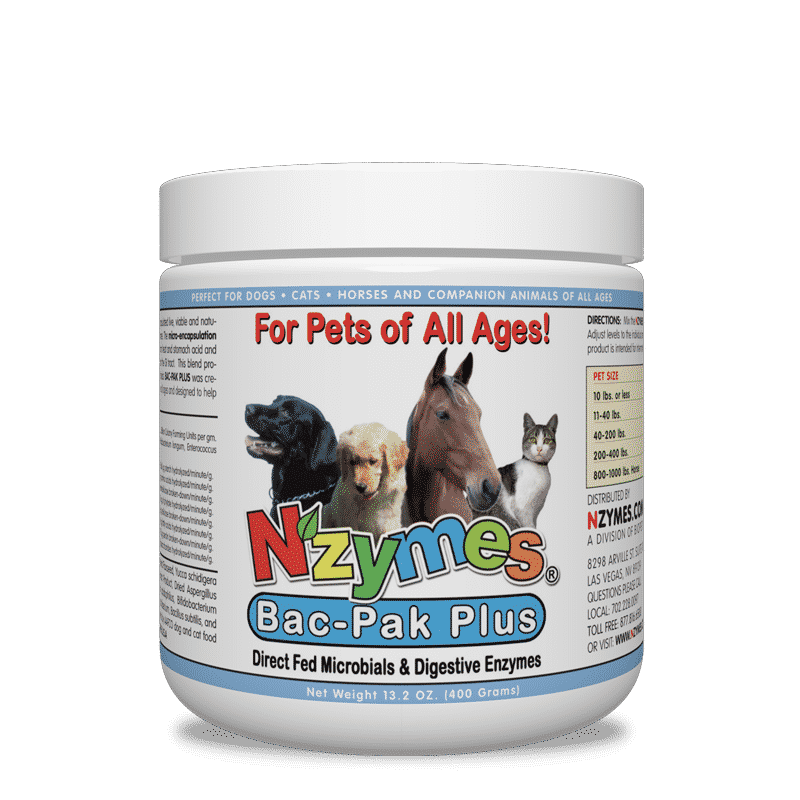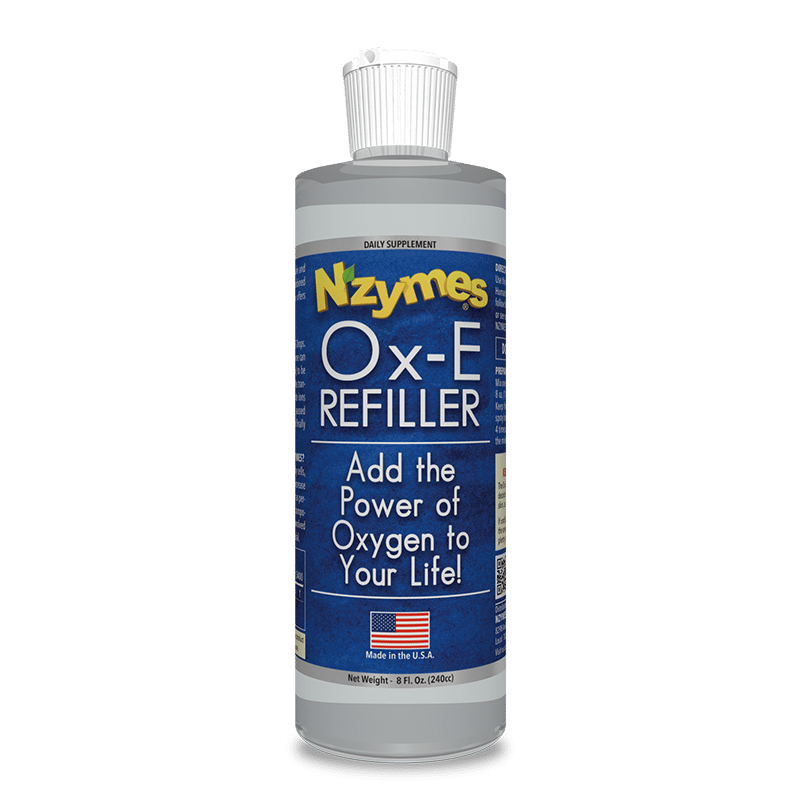Melanomas in Horses: The Problem and Nutrition Alternatives

Most Common with Grey and White Horses
It is true that Melanomas in horses are most common with Gray and White horses. An equine melanoma is a tumor that results from the abnormal growth of melanocytes in horses. They are cancerous growths on the skin or other soft tissue areas of the body. Melanomas are typically rounded black nodules.
The bumps vary in size and are usually be found underneath the dock of the tail. Commonly there seen in the anal region, perianal and genital regions, on the perineum, lips, eyelids, and sometimes near the throat. Melanomas are the third most common type of skin cancer in horses. The first is Sarcoids which are the most prevalent and second are squamous-cell carcinomas.
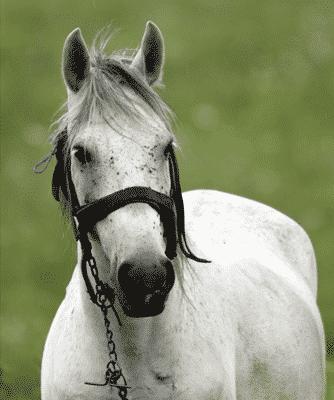
A STX17 Gene is the Main Cause of Melanomas
Melanomas in horses are not thought to be caused by exposure to ultraviolet light like that In humans. The UV rays of the sun are thought to be a major factor in Melanoma growth in humans
However, the risk of developing melanomas in horses, is not so much from the sunlight but rather their genes. A mutation of a specific gene, (STX17) carried by the gray and white horses has been found to be where the melanomas originate from.
Melanomas in Horses are cancerous growths on the skin or other soft tissues areas of the body.
**Scientific for explanation of the STX17 gene

Melanomas Can Develop Just About Anywhere on A Horse
Typically, melanomas appear as black lumps near areas with little to no hair. Most often, they appear under the tail, around the anus or in the sheath of geldings. However, growths can develop under the skin just about anywhere. Then again, they are often found in areas around the head or neck.

As a general rule, most tumors are benign, although there have been reports of malignancy. There is not yet a known melanoma prevention method unfortunately, but early detection and nutrition management is key. In horses that are lighter in color such as grays, the melanomas may grow slowly, sometimes for years. They may never metastasize to other organs within the body. However, this should not mean they can be ignored. Melanomas can develop in most gray horses as they age with roughly 80% over the age of 15 years, have at least one of these tumors.
Most melanomas are superficial and can usually be monitored for growth. Having your horse checked by a professional can be done to achieve the diagnosis and depending on the severity of the melanoma, some vets prefer taking surgical action early as this is the most common treatment.
What to Feed – What to Avoid – What to Supplement
To begin, avoid Hays or Grasses with high sugar content like, alfalfa. Try to avoid items such as carrots, apples and store-bought treats or pellets which can be an enemy to gray horses. The sugar content can contribute to the melanomas increasing the growth rate, size, and number of them appearing on the body. If you give your horse carrots, apples or other foods with sugar try to make sure it is in small doses.
Supplements are beneficial and can be added to the daily feeding regime:
- Antioxidant mixtures
- Vitamin C and E
- Selenium
- Iodine
- Zinc
- Flax seed
- Certain types of mushrooms such as Shiitake mushrooms
Nutritional Support Alternatives for Melanomas in Horses
Suggested Feed Program for Melanomas in Horses
by Ms. Rachel Kitts:
FEED PROGRAM FOR HORSE MELANOMA ISSUES
Review the Full ‘Trinket’ Story:
Trinket with Melanomas and Arthritis Concerns
Products Used with the Nzymes® Melanoma Support Program
The FEED PROGRAM referenced below leverages THREE powerful Nzymes Supplements:
Super-Food Protein Granules: This ‘whole live‘ supplement is helpful in delivering powerful nutritional support to a horse’s immune system. The Super-Food helps to enhance the body’s ability to produce Antioxidant Enzymes in greater abundance. Enzymes, like Super-oxide Dismutase, Catalase, and Glutathione Peroxidase are at the forefront of cellular health. When the cells are better able to perform their functions, better health is the result. The super-food’s effectiveness supports many metabolic processes within the body. We have seen many cases like Trinket’s story above where Melanomas to shrink in a short time and fall off the body while using the Nzymes® Granules.
Bac~Pak Plus Digestive Support: Bolsters a horse’s digestion in two ways; First, it delivers Digestive Enzymes to help break down nutrients from the food sources to be more usable. Secondly, Bac~Pak Plus delivers Probiotics (Direct-fed Microbials) to help maintain good populations of friendly, bacterial flora. This product is a specially formulated combination is enormously helpful in supporting digestive problems that can form the foundation for many health issues in the body. The GI tract is the centerpiece of your horse’s good health and immune functions. Keeping it all going strong is the goal.
Ox-E-Drops Concentrate: Is a safe and stable compound of 5% Sodium chlorite and Reverse Osmosis Water. It is naturally alkaline with a (pH 13) balance. This alkaline product (pH 13) also helps support healthy digestion and promote better energy and endurance. Give the drops INTERNALLY to your horse each day help provide and more stable pH balance while at the same time offering remarkable digestive protections and anti-microbial immune support. Ox-E-Drops releases precursors, which assist the body in the cleansing of dangerous free radicals and toxins. Regular daily use supports healthier immune functions and digestion.

Nzymes® Super-Food Granules
We suggest to DOUBLE amounts of Granules during the first 2 weeks. Doubling the Granules is important with any kind of injury or recovery issue.
Add to Horse’s Feed Twice Daily
600 to 750 lbs. Horse = Add 3 level tsp.
750 to 1000 lbs. Horse = Add 4 level tsp.
1001 to 1250 lbs. Horse = Add 5 level tsp.
1251 to 1500 lbs. Horse = Add 6 level tsp.

BacPak Plus 400 Gm
A Powerful and Cost Effective Probiotic and Digestive Enzyme Blend
Add to Horse’s Feed Once Daily
600 to 1000 lbs. = Add 2 to 3 – 1 Gram Scoops
1001 to 1250 lbs. = Add 3 to 4 – 1 Gram Scoops
1251 to 1500 lbs. = Add 4 to 5 – 1 Gram Scoops

Using Ox-E-Drops Concentrate Internally
The first step is the INTERNAL use our Nzymes® Ox-E-Drops Concentrate.
Give the amount shown below at least once daily, mixed with water, with an Oral Syringe.
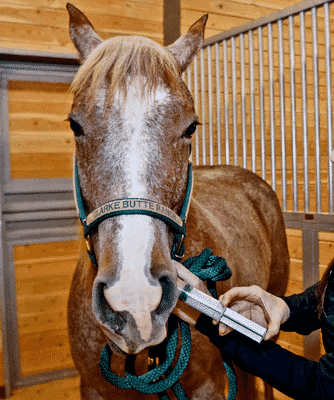
Directions for Giving Ox-E-Drops Internally with a Oral Syringe
Add 20 drops of Ox-E-Drops Concentrate with 10-15 cc’s of filtered water in a large oral syringe.
Squirt the mixture slowly along the horse’s teeth-line so they may swallow slowly to avoid choking.
You may give this twice daily in horses with melanomas.
Do this twice daily for healthier INTERNAL anti-microbial support.
NOTE: Best to order the 8 oz. Ox-E Refiller for these issues with horses.
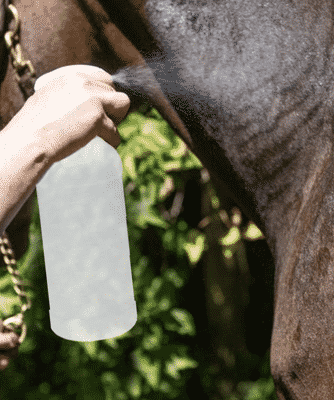
Directions for Using Ox-E Topical Spray Solutions
Use our pre-mixed Ox-E Topical Spray Solution and apply this solution 3-4 times daily.
or Mix 1 teaspoon / 80 drops or Ox-E-Drops Concentrate with 8 oz. of Distilled or filtered water in an 8 oz, spray bottle.
Note: Spray or Apply this solution 3-4 times daily to the affected melanoma areas of the body.
Do this for healthier TOPICAL anti-microbial support.
NOTE: Best to order the 8 oz. Ox-E Refiller for these issues with horses.


